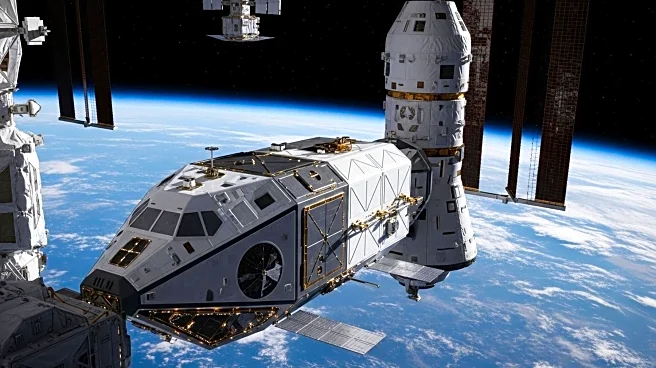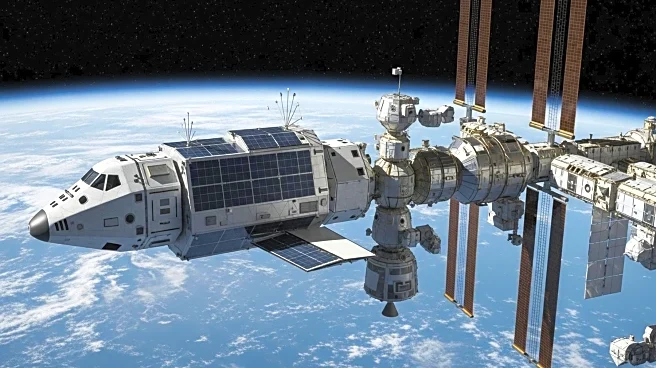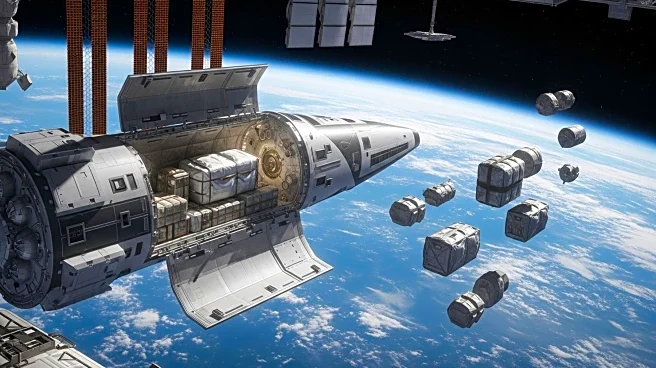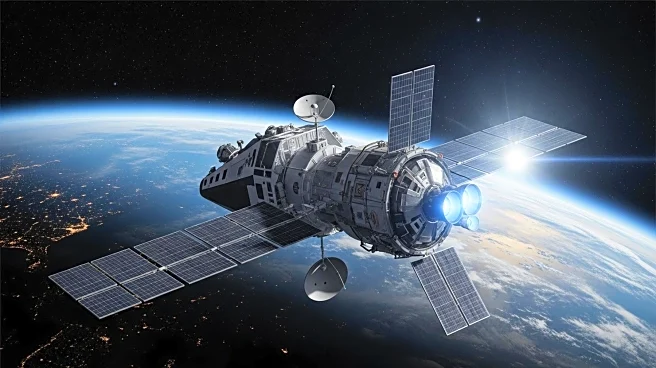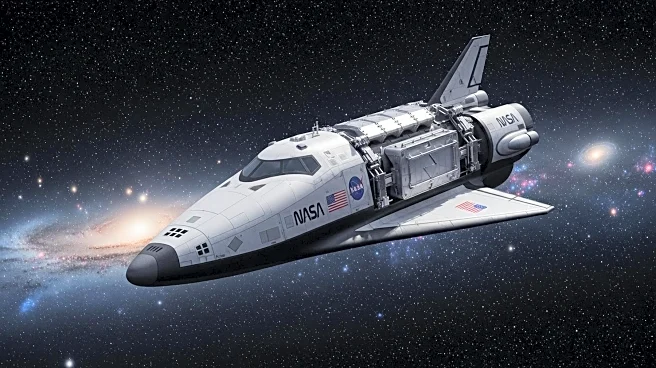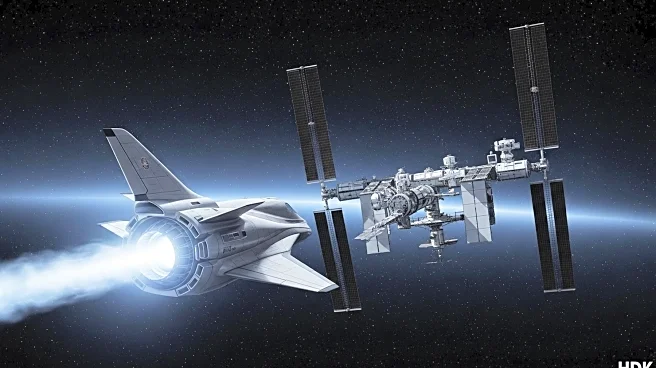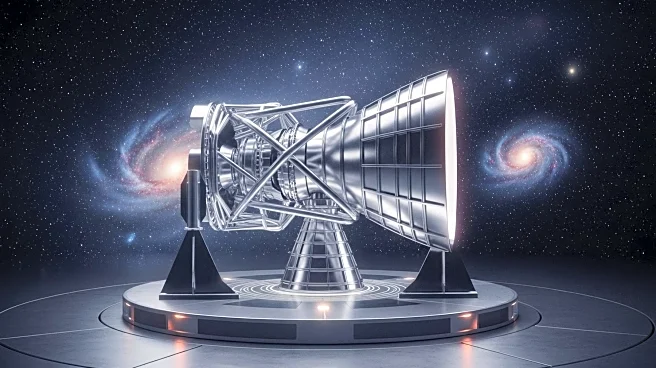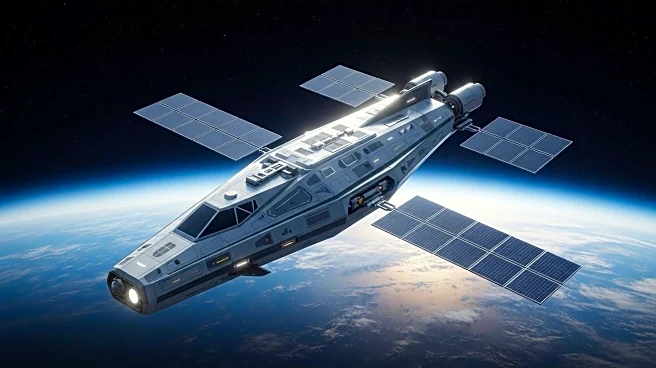What's Happening?
SpaceX launched 28 Starlink satellites on September 18, marking its 117th Falcon 9 flight of 2025, with over 70% dedicated to the Starlink constellation. The reusable booster completed its seventh flight and landing. Blue Origin resumed its New Shepard flights after a year-long hiatus, launching its 35th suborbital mission with over 40 scientific payloads. Northrop Grumman's Cygnus XL cargo freighter delivered 11,000 pounds of supplies to the International Space Station, despite a thruster glitch delaying its arrival. NASA's Parker Solar Probe completed its 25th close approach to the Sun, gathering data on the solar corona. A $700 million U.S. plan to establish a Mars-Earth communications network is gaining traction, with Rocket Lab proposing to build the relay satellite.
Why It's Important?
These developments highlight the rapid advancements in space technology and exploration. SpaceX's frequent launches bolster global internet connectivity through Starlink, while Blue Origin's return to flight supports scientific research and STEM education. The Cygnus XL mission underscores international collaboration in space operations. Parker Solar Probe's data collection is crucial for understanding solar phenomena that affect Earth's space weather. The Mars communication network is vital for future human missions, ensuring reliable data transmission between Mars and Earth. These initiatives reflect the growing importance of space infrastructure in technological, scientific, and geopolitical contexts.
What's Next?
SpaceX will continue expanding its Starlink constellation, enhancing global internet access. Blue Origin aims to resume crewed tourism missions, advancing its suborbital program. The Cygnus XL will remain attached to the ISS until March 2026, supporting ongoing research. Parker Solar Probe's data will be analyzed to improve solar storm predictions. The Mars communication network proposal requires congressional approval by 2026 to meet a 2028 launch target, with Rocket Lab and other companies vying for the contract. These efforts will drive further innovation and collaboration in space exploration and technology.
Beyond the Headlines
The developments in space technology have broader implications for global security and policy. Taiwan's need for independent satellite communications highlights the strategic importance of space assets in geopolitical conflicts. The destruction of a Russian radio telescope by Ukraine illustrates how space infrastructure can become a target in warfare. These events underscore the dual-use nature of space technology, serving both civilian and military purposes. As nations invest in space capabilities, the interplay between technological advancement and geopolitical strategy will shape the future of global security.

